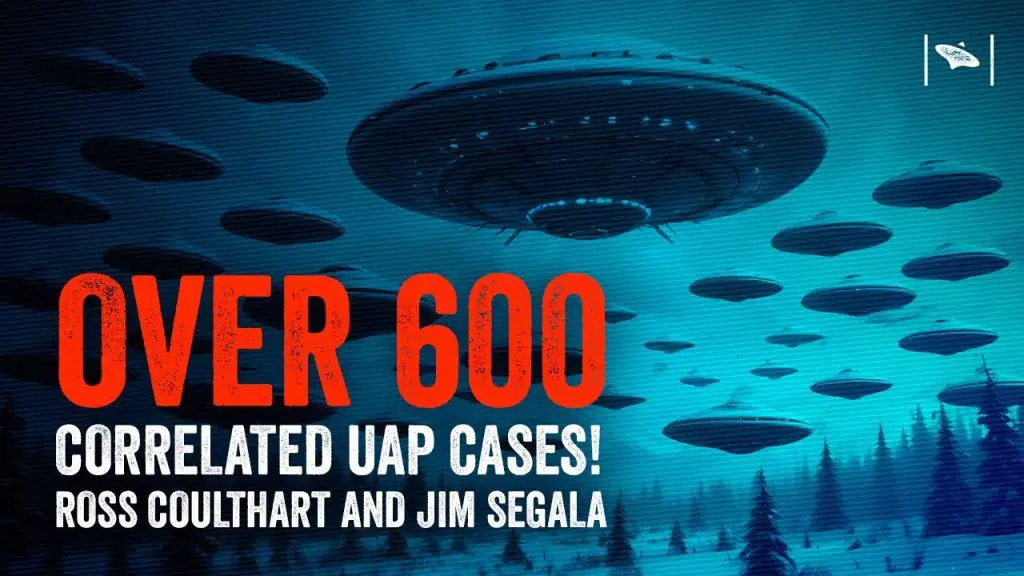
The existence of Unidentified Aerial Phenomena (UAPs) has long been a subject of fascination and debate. Despite numerous eyewitness accounts and anecdotal evidence, mainstream science has traditionally been hesitant to investigate UAPs due to a perceived lack of empirical data. However, a groundbreaking research initiative known as the Modular Unidentified Phenomenon Alert System (MUPAS) is changing the landscape of UAP research by providing scientific evidence to support the existence and effects of these mysterious phenomena.
The MUPAS Initiative
The MUPAS experiment, led by physicist and engineer Jim Segala, represents a pioneering effort to scientifically study UAPs using a combination of advanced technology and human experience reports. Launched in 2018, MUPAS has recorded over 600 verified UAP cases, combining environmental sensor data with participant observations. This approach provides a comprehensive understanding of the phenomena and their potential impacts on humans and the environment.
Advanced Data Collection
The core of the MUPAS initiative lies in its custom-built sensor systems designed to capture a wide range of environmental signals. These sensors monitor:
- Radio Frequency (RF): Analyzes electromagnetic signals that might be associated with UAP activity.
- Gravimetric Changes: Measures alterations in gravitational fields that could indicate the presence of unknown crafts or phenomena.
- Gamma Radiation: Detects spikes in radiation that are often reported during UAP encounters.
- Microwaves: Monitors microwave emissions that may correlate with sightings.
By continuously collecting data on these signals, MUPAS aims to identify patterns and anomalies that coincide with UAP reports.
Correlating Human Experiences with Environmental Changes
A unique aspect of the MUPAS experiment is its integration of human experiencer reports with environmental data. Participants in the study are encouraged to document their encounters, including any physical or psychological effects experienced during or after the sighting. This information is then cross-referenced with data collected by the sensors to identify correlations.
One notable example from the study is Case 316, where a participant reported an intense experience of disorientation and confusion, stating, “If I were to ever say I was abducted, it would have been last night.” During this time, the MUPAS sensors recorded significant spikes in gamma and microwave radiation, suggesting a direct interaction between the UAP and the participant.
Statistical Significance and Scientific Rigor
A key achievement of the MUPAS experiment is its ability to predict UAP interactions with a high degree of statistical confidence. The data collected has reached a 4.8 Sigma confidence level, approaching the 5 Sigma standard often used in scientific research to denote statistical significance. This level of accuracy indicates a strong correlation between the environmental changes detected by MUPAS and the human reports of UAP experiences.
Addressing Skepticism in the Scientific Community
Despite the compelling findings of the MUPAS experiment, skepticism remains prevalent within the scientific community. Critics argue that the phenomena reported are often anecdotal and lack empirical evidence. However, Jim Segala and his team are addressing these concerns by adhering to the scientific method and employing rigorous data collection techniques.
Segala emphasizes the importance of creating hypotheses based on observable data and testing these hypotheses using verifiable scientific methods. By doing so, MUPAS is challenging the notion that UAPs cannot be studied scientifically and is providing a framework for future research in this field.
Expanding Participation and Public Involvement
The MUPAS initiative is not limited to a select group of researchers; it encourages public participation and aims to expand its reach through crowdfunding and community involvement. By equipping more individuals with sensors and promoting collaboration, MUPAS seeks to gather a larger dataset and enhance its understanding of UAP phenomena.
VIDEO: Chris Lehto – Scientific Evidence of UAPs? The MUPAS Experiment!
The findings of the MUPAS experiment have the potential to revolutionize our understanding of UAPs and their impact on the natural world. If UAPs consistently cause measurable environmental changes, they could provide new insights into unexplained physical phenomena and challenge existing scientific paradigms.
The MUPAS experiment represents a significant step forward in the scientific investigation of UAPs. By combining advanced sensor technology with participant experiences, MUPAS is providing empirical evidence to support the existence of these phenomena and their potential effects. As the project continues to grow and gain traction, it holds the promise of advancing our understanding of UAPs and fostering a more open-minded approach to studying unexplained aerial phenomena.

Leave a Reply